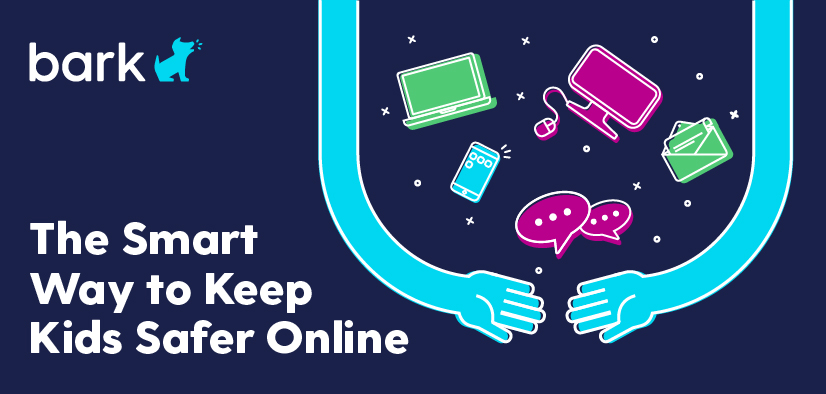By Daniel Grammer
Cyberbullying is one of the most persistent challenges facing kids today, and as more activities shift online it becomes harder to detect harmful behaviors. Cyberbullying may not reveal itself through scrapes and bruises, but it can have a detrimental impact on a child’s mental health. Knowing how to recognize the signs — and what to do when you see them — can protect kids from the worst of what a bully can do.
But perhaps even more important is to know when the standard steps are simply not enough. While most instances of cyberbullying can be managed with tactful discussions, some can cross the line into seriously dangerous conduct.
When that happens, parents and schools needs to contact other authorities — even law enforcement if necessary.
What’s at Stake
Digital technologies provide obvious benefits, but the same tools that increase productivity and foster connection can also provoke anxiety and isolation. The reality is that kids evolve alongside their devices, and new forms of cyberbullying are developed every day.
The result is an increasingly sophisticated set of tools that bullies use to target vulnerable kids, sometimes with fatal consequences.
Megan Meier, a 13-year-old in Missouri, fell victim to a sockpuppet scheme when a fake MySpace profile of a teenage boy was created to give her false hope of a relationship. Before long, the profile became a public forum for abuse that spread across platforms and into the halls of her middle school. She tried fighting back, but the onslaught led to her death by suicide.
A similar fate befell Phoebe Prince, a high schooler in New England. Six of her peers were convicted for their roles in a prolonged bullying campaign, in part consisting of the kind of harassment that is easy to perpetrate online. Later that year and only ten miles away, Happy Valley would mourn another suicide, this time of an 11-year-old boy.
Cyberbullying by the Numbers
In an ideal world, the internet would only be used to share wholesome memes in support of the soccer team. But since the Pew Research Center reports that “59% of teens have personally experienced at least one of six types of abusive online behaviors,” parents and schools should study up on how best to tackle the problem. Those behaviors are:
- Name-calling (42%)
- Spreading false rumors (32%)
- Receiving explicit images (25%)
- Near-constant badgering (21%)
- Physical threats (16%)
- Sharing of explicit images without consent (7%)
Parents are very concerned — especially with the spread of sexually explicit content. And while a majority of teens have a positive assessment of how parents handle cyberbullying, 58% give teachers a rating of only poor or fair.
Acting with Urgency
In some cases, victims of cyberbullying have standing in civil or criminal court. Laws vary between states, but charges of defamation, harassment, or even copyright infringement can provoke legal consequences that stop the behavior. By keeping a record of cyberbullying, schools can be an invaluable partner to parents who wish to appeal to the justice system.
Not everyone can wait on justice, however, and some threats are so urgent that they should be reported directly to law enforcement. Suicidal expressions, school shootings, and other acts of violence can be detected in advance with the right mechanisms in place. Many perpetrators — including the shooter at Marjory Stoneman Douglas High School — have alarming social media activity.
In concert with an inclusive campus culture, supportive counseling, parental involvement, and clear action plans, parents and schools can create conditions that reduce the likelihood of cyberbullying. The U.S. government’s website against bullying recommends the following actions for school officials:
- Speak privately with students who show signs of being bullied online, and collect proof
- Report cyberbullying to parents and facilitate discussion between them and their children
- Develop activities that foster empathy, reflection, and self-regulation
- Encourage peer involvement in prevention strategies
But even the closest partnerships have limits. Between home and school, kids produce so much content that it’s impossible to sift through it manually. This is where monitoring apps come in. Monitoring apps can reduce the dangers of cyberbullying both within schools and at home and are a must for families with children and teens in this digital era.
Daniel Grammer is a contributor to the Bark Blog. For more information about the Bark Parental Monitoring App or to sign up for a FREE 1 week trial visit the Bark* website.
If you are interested in Bark, please feel free to use our PediMom promo code for a 10% discount for life*. You can find Bark in the Google Play and IOS stores.
Click here to try the Bark App for free!*
* This site contains affiliate links to products. We may receive a commission for purchases made through these links.

